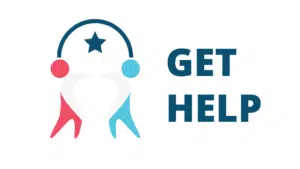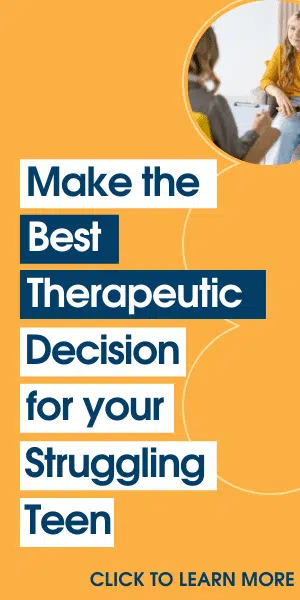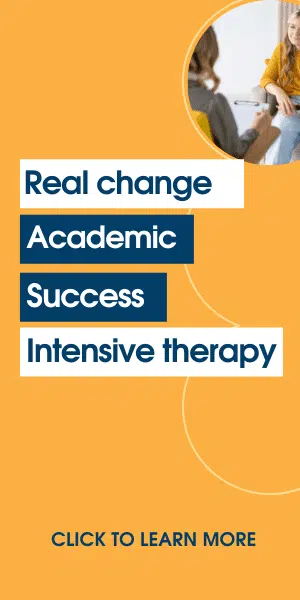How to Help At Risk Youth
The media likes to talk about “at risk” youth, blaming them for many of society’s ills, yet they tend to not define the term clearly. In general conversation, “at risk” tends to be a term applied to inner-city youth and youth from broken homes. Yet this is an unfair generalization. Children from all walks of life and socioeconomic backgrounds can be at risk. Defining the at risk youth correctly and finding the right treatment programs to help these young people is critical to ensuring that all young people get help when they need it.
What Is an At Risk Youth?
The challenge with defining at risk youth is that this term does not have a specific definition. Children can be at risk due to past abuse or trauma, or they can be at risk because of a mental health condition they have. Sometimes the community or school environment can increase a child’s risk.
Perhaps a better way to define at risk is to define what these children are at risk of. Most of the time, “at risk” means at risk of some particular outcome, such as becoming a school drop out or suffering a severe emotional breakdown. Poor academic success, even if they stay in school, and poor relationships can also be outcomes for at risk youth.
What Puts a Child at Risk?
Though the definition of at risk youth is vague, there are some factors that clearly put children in the at risk category. Understanding these will better help adults who are concerned for the youth in their lives. These factors are:
· Poverty – Children who live without sufficient income struggle with their daily living needs. As a result, they cannot focus on school and building healthy relationships, and they become at risk.
· Family instability or dysfunction – Divorce, violence in the home, job loss, mental health needs in the parents, and similar dysfunction at home all increase a child’s risk of becoming “at risk.” These factors can impact students in all walks of life.
· Unstable school environment – Students who switch schools regularly or who have poor academic support at school are at higher risk for problems.
· Poor community resources – This tends to apply more toward poor or inner-city youth, but when community resources to get help are lacking, or when children can’t access them, they are at higher risk.
· Adverse childhood experiences – Trauma, abuse, medical diagnoses, and even serious problems with peers can lead to adverse childhood experiences that can put youth at risk.
Suburban Vs. Inner-City – All Youth Can Be At Risk
Unfortunately, there is a mistaken idea in society that at risk youth are only those in inner-city, poor, or divorced households. While youth in these situations do need to be screened for risk behaviors, the truth is that at risk youth can be found in the suburbs just as much as the inner city. Suburban youth from good families can suffer childhood trauma or deal with emotional instability that puts them at higher risk too. All children need to be screened and offered the right support to ensure they can get help when they need it.
How to Know if Your Child is “At Risk”
Before children can take advantage of programs for at risk youth, they need to be screened. Many of these programs target the poor and inner-city communities, leaving suburban kids who need help behind.
Screening starts with the pediatrician’s office. Pediatricians should be asking parents and patience mental health screening questions that can determine when they have patients who are at risk. This can help parents get pointed in the right direction for services.
Schools can also play a role. Schools need to understand that all students, not just those from difficult backgrounds, can be at risk. Paying attention to behavior and emotions will help schools make the right call when a child is suffering.
Finally, parents need to be aware of what their children are doing and how they are acting. When they notice at risk behaviors, sudden mood changes, or unexpectedly poor school success, it is time to seek help.
How to Help At Risk Youth
There are several things parents and other adults can do to help at risk youth stay on the right path.
Communication
First, try to communicate with the child or teen to get to the bottom of what is going on. This can be difficult because kids who are dealing with these types of issues often don’t want to talk. It’s critical, though, because only through clear communication can parents and other adults figure out what further help is needed.
Trying to Connect
Find a way to connect with the youth. Learn their lingo, take an interest in what they enjoy doing, and build trust by building a relationship built on mutual positive experiences. This will often encourage youth to open up about their struggles.
Listen to Others
Talk to teachers and the youth’s friends. See what they think about the child’s behavior. Do they share the concerns? Do they have ideas on what could potentially help? By getting more people involved, you can get a better feel for what the child needs.
Get Professional Help
At risk youth often need professional intervention. Youth programs designed to build positive self-image and habits can transform an at risk kid and help them enjoy better emotional and academic success. If the child’s behavior is particularly poor, they may need a temporary stay in a residential treatment facility to get to the bottom of the emotions that drive the behavior.
Getting help through treatment programs is one of the most loving things people who care about an at risk youth can do. Risk behaviors can put the teen’s health and well-being in danger, and emotional struggle puts their mental health at risk. At risk youth programs address all of these things in a safe, supportive environment, so the young person gains the skills necessary to start succeeding again.
If you love an at risk young person, don’t be afraid to seek professional help. We offer help finding residential treatment program for teenage girls who are at risk. Call 1 844 883 7366 to discuss your family and child with one of our family counselors.
If you suspect your child is at risk, take our free at risk youth assessment.
Learn more about therapeutic residential treatment programs that specialize in helping at risk youths!












